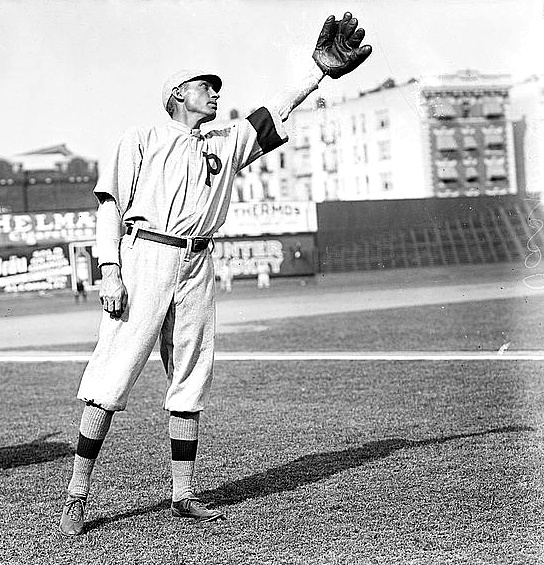The opening of Peter Croatto’s New York Times article about a sports stats guru from the pre-Internet era:
“Zander Hollander sat silently on his couch. Rows of books — a large portion of them ones he created, edited and nurtured — hovered above him, dominating a wall in his Manhattan apartment.
From 1971 to 1997, Hollander edited sports yearbooks, brick-like tomes known as Complete Handbooks, which in the pre-Internet era were almost holy objects to a certain type of sports-crazed youngster. Here, in one glorious place, was information — statistics, team rosters, records, schedules, predictions for the coming season and more — freed from the restrictions of newspaper column inches and far beyond what a still embryonic cable system was providing.
In black and white were photos and detailed profiles of players from every team, players that even the most devoted fans might only glimpse in a rare nationally televised network game of the week or an All-Star contest, if at all. The work was Hollander’s driving force. Then he had a stroke, with Alzheimer’s following shortly after. Now 90, he no longer remembers the books that he struggled to produce, that brought him professional fulfillment, friendships and minor fame. So Phyllis, his wife of 60 years, now does the talking.
‘You interrupt if you have anything to say,’ Phyllis Hollander, 85, sweetly instructed her husband as she showed a visitor their apartment. It was a sweltering May afternoon, and the dining area’s air-conditioning unit whirred.
‘I’ll interrupt,’ Hollander, bright-faced and white-haired, said from the couch.”
He never did.”

